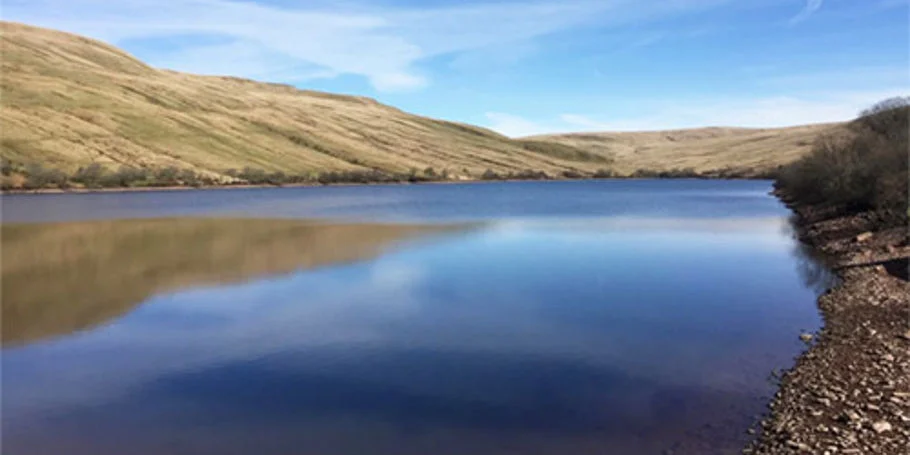Location
Auckland, New Zealand
Markets
Water
Clients
Ghella Abergeldie Joint Venture
Get in touch with us
If you'd like to speak to one of our water experts about any of the issues raised on this page or a potential collaboration then please get in touch by completing the form.









